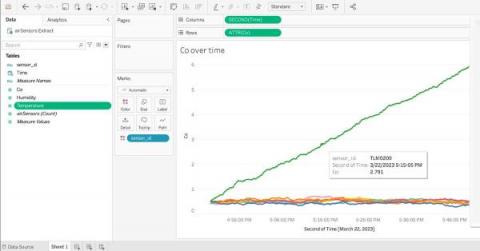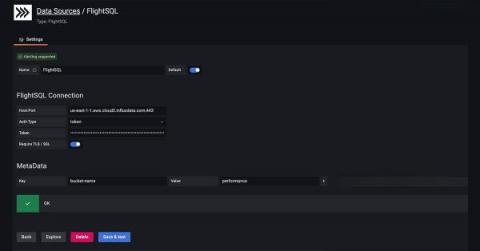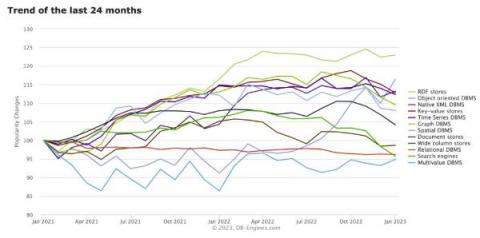When and how to Delete an Elasticsearch Index?
As an Elasticsearch administrator, you will inevitably have to delete an index at some point. There could be several reasons why this might be necessary: This article provides an overview of available methods to back up and restore an Elasticsearch index in the event of deletion.











